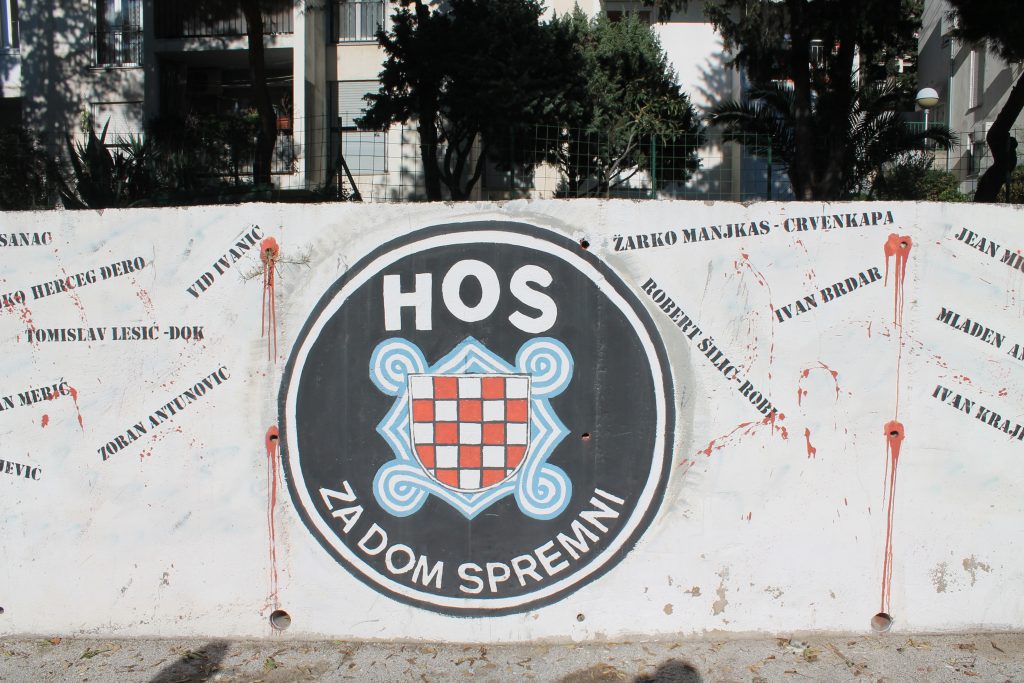Ready for the Homeland! Glory to Ukraine! The Semiotics of Conflict and Controversial Symbols
Dr. Katarina Damčević (IOS)

Project description
During global crises like wars, controversial symbols gain prominence due to factors such as political turmoil, conflicting agendas of different groups, and the rise of radical right parties and organizations. These, in turn, contribute to social polarization, a lack of political dialogue, and an escalation of conflicts. Historically significant symbols continue to be present long after wars have ended. These symbols are often used during conflicts to mobilize people, promote unity, and establish a global presence. However, the post-conflict period presents its own challenges. These include the (mis)use of controversial symbols by various social and political groups to advance their political agendas, promote a one-sided interpretation of the past, and reinforce national identity. The context of postwar Croatia serves as one of the examples of this phenomenon (see Pavlaković and Pauković 2019; Damčević 2023). The ongoing war in Ukraine, however, helps explore and better comprehend controversial symbols and their use during conflict.
Key questions
- In what ways does the use of controversial symbols during and after conflict contribute to shaping cultural identities and national narratives?
- How do different cultural groups utilize controversial symbols during and after conflict?
- How do individuals belonging to different cultural backgrounds perceive and interpret controversial symbols during times of war and conflict?
Methodology and sources
Project team

